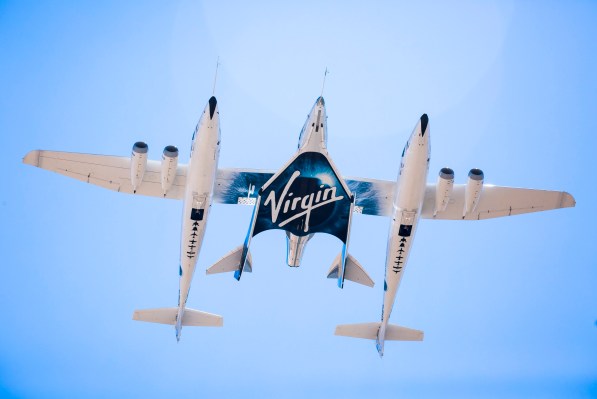Fresh off its first commercial mission, Virgin Galactic will return to the skies on August 10 to take three private citizens to suborbital space and back.
The crew for the mission, called Galactic 02, includes 80-year-old Jon Goodwin, a former Olympian and an early Virgin Galactic ticket holder; and mother-and-daughter duo Keisha Schahaff and 18-year-old Anastatia Mayers, who won their seats in a charity fundraiser for the nonprofit Space for Humanity. Schahaff and Mayers, who are from Antigua and Barbuda, will be the first people from the Caribbean to travel to space.
Beth Moses, Virgin Galactic’s head of astronaut instruction, will round out the crew. This will be the fourth time Moses will travel to suborbital space with the company.
The flight is expected to last about 90 minutes. As with Virgin Galactic’s previous flight, Galactic 02 will take off from Spaceport America in New Mexico.
Virgin Galactic is competing against Blue Origin in the burgeoning space tourism market, which serves both private wealthy individuals and governments and enterprises looking to exploit the benefits of a zero-gravity environment. But while Blue Origin uses a rocket to vertically lift a crewed capsule into suborbital space, Virgin Galactic uses a specialized aircraft, which carries a spaceplane, called SpaceShipTwo, to high altitude and releases it mid-air.
Both vessels — the aircraft and the spaceplane — are guided by two pilots each. For this mission, CJ Sturckow and Kelly Latimer will be piloting the VSS Unity spaceplane. This will be Sturckow’s eighth trip to space, and Latimer’s first. Nicola Pecile, a former pilot with the Italian Air Force, and Mike Masucci, who has flown four previous Virgin Galactic missions, will be at the helm of the VMS Eve mothership.
The company completed its first commercial flight at the end of June after many years of development, and more than a few setbacks. Billionaire Richard Branson founded the company in 2004, with plans at the time to commence commercial service as early as 2007. But myriad technical issues — including a catastrophic test flight in 2014 that resulted in the death of one of the pilots — meant that Virgin Galactic did not complete its first crewed mission until the summer of 2021.
With last month’s successful mission, the company said it would move to monthly missions to start working through its customer backlog. Virgin’s longer-term goal is to transition from the VMS Eve motherships to a class of planes it calls Delta, with the eventual aim of flying them upwards of 400 times per year.
